India is a distinctive and enormous country with a 5000-year-old heritage, culture, and history. The splendour of India's past has resulted in plenty of UNESCO World Heritage Sites in India. For those who are not aware, UNESCO World Heritage Sites are global sites designated by the United Nations Educational, Scientific and Cultural Organisation to preserve international cultural and natural heritage. Any site with distinctive physical or cultural relevance, such as a forest, a building, a mountain monument, a lake, a desert, or a city, can be designated as a famous UNESCO World Heritage Site.
This organisation works closely with other countries to list and designate the site as a UNESCO World Heritage Site. So, how is this done? To briefly explain, it is done by rigorously analysing each site in terms of its status in history, culture, and humanity generally. Only when all of the criteria are met does a site become a top Heritage place to visit in India.
Today, these beautiful heritage sites and monuments in India stand quietly, narrating their stories of bravery, joy, sacrifice, and sorrow. India's cultural affluence and illustrious past attract millions of travellers to its heritage tourist destinations every year. The broader range of palaces, temples, forts, and monuments throughout India reflects the country's rich cultural heritage. Remnants and legacies that display art, depict essential milestones or represent a civilisation or culture are all stated as World Heritage Sites by UNESCO in India. Discover more about these UNESCO World Heritage Sites with a one-to-one conversation with our destination experts, who will curate a customised tour package including your preferred World Heritage site. Similarly, jeep reading further to discover the top 20 UNESCO World Heritage Sites in our country.
Read More - Spiritual tourism in India
As per the latest data from the UNESCO World Heritage Centre website, the famous UNESCO World Heritage Sites List today includes 1223 sites from across the world that are recognised for their outstanding universal value; out of these, 952 are cultural sites, 231 are natural sites, and 40 are mixed sites that have both cultural and natural importance. The Places on the UNESCO World Heritage List in India are distributed across 168 countries. As of October 2024, a total of 196 nations had approved the World Heritage Convention, indicating the growing international value placed on heritage conservation. Additional sites with special importance are identified each year as the global repository of continents to expand.
37 Top Famous UNESCO Sites in India You Must Explore
1. Taj Mahal, Agra
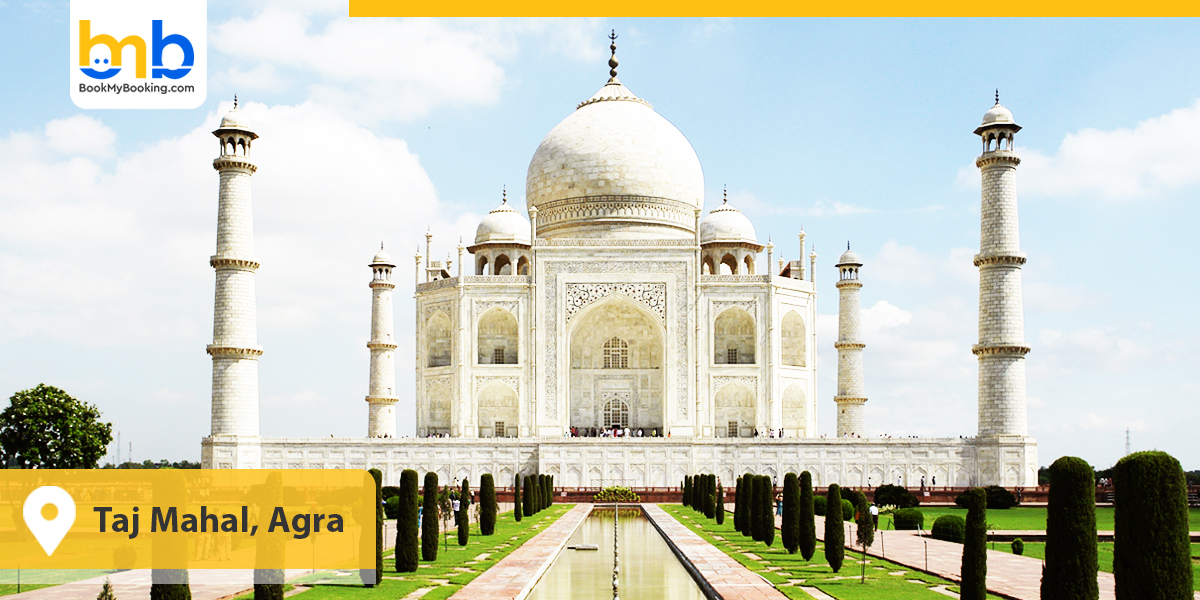
When it comes to UNESCO World Heritage Sites in India, the Taj Mahal is one of the first names that comes to everybody's mind. Mughal Emperor Shah Jahan built this stunning white marble mausoleum for his beloved wife, Mumtaz Mahal. The Taj Mahal is more than a building; it's a symbol of eternal love and an architectural wonder. Visiting this popular monument in India is like stepping into a dream, as it showcases its beauty beautifully under the sun. People from all around the world come to admire this famous UNESCO Site in India and experience its serene aura.
- UNESCO Declaration Year: 1983
- Declared for: For its stunning Mughal architecture and historical prominence.
2. Red Fort, Delhi
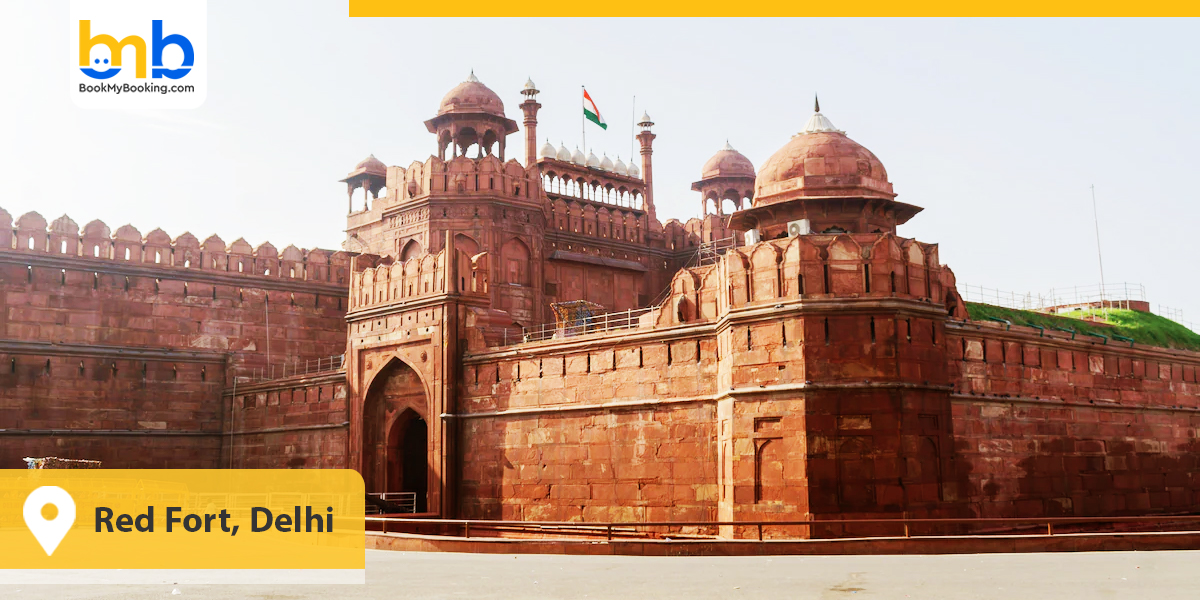
The Red Fort in Delhi is another iconic Historical Place in India. Built by Emperor Shah Jahan, it was the primary residence of the Mughal emperors for many years. The fort, made from red sandstone, is massive and features beautiful carvings, halls, and gardens. The Red Fort stands as a powerful reminder of India's history and is a favourite among those exploring best UNESCO monuments in India. While strolling through the fort, you can almost imagine the royal life that once filled its walls.
- UNESCO Declaration Year: 2007
- Declared for: Added in 2007, it represents the pinnacle of Mughal architecture, with lasting influences on Indian architecture.
3. Qutub Minar, Delhi
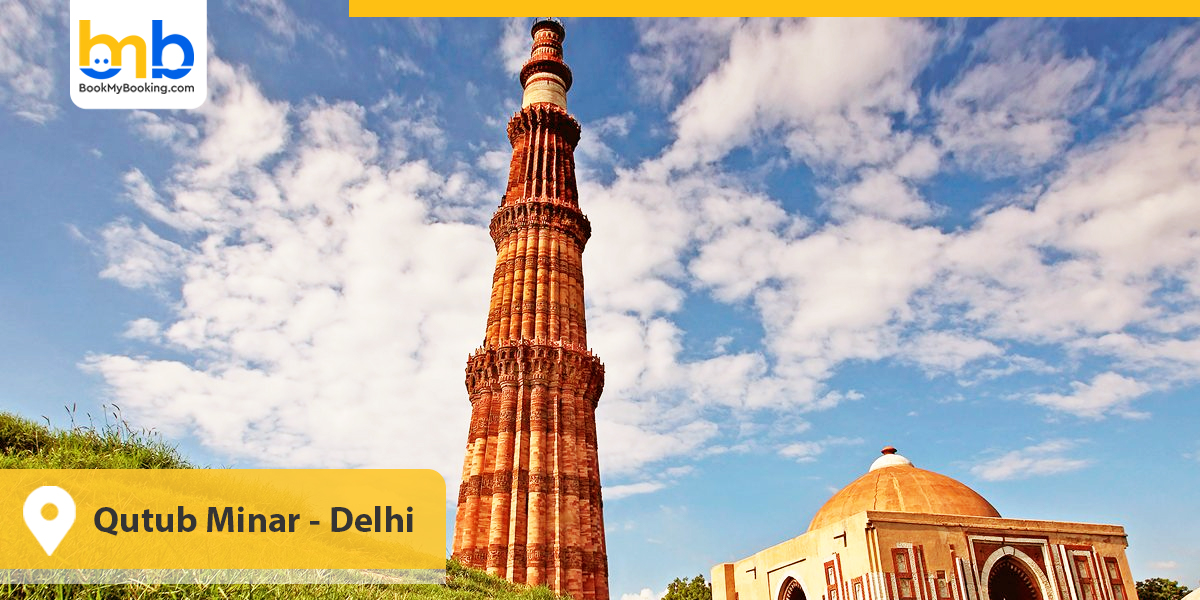
Another unique must-see heritage site in India is the World Heritage Site of Qutub Minar, a massive structure that has stood since the 12th century. This tower, crafted from red sandstone and marble, stands at an elevation of approximately 73 meters and is adorned with intricate carvings and inscriptions. It was designed to celebrate Muslim rule in India and is an essential part of India's architectural miracle. Many visitors flock here to see this piece of history, which proudly stands as one of the best UNESCO World Heritage Sites in India.
- UNESCO Declaration Year: 1993
- Declared for: Recognised in 1993, the complex showcases an Indo-Islamic architectural fusion.
4. Ajanta and Ellora Caves, Maharashtra
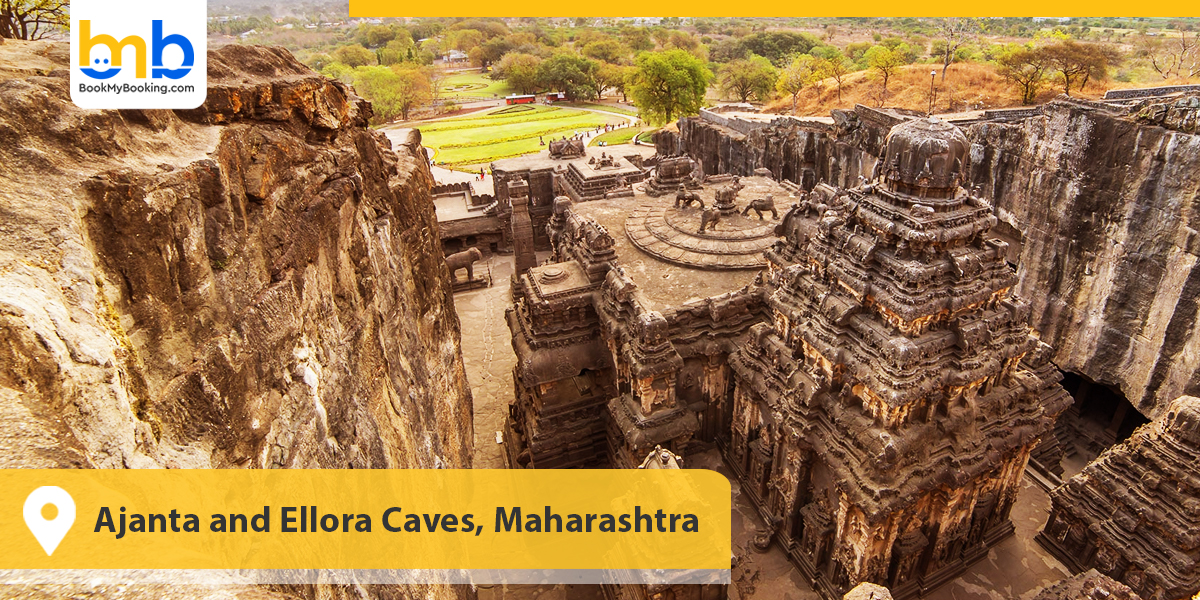
The Ajanta and Ellora caves are ancient sites in India renowned for their magnificent rock-cut sculptures and intricate paintings. The Ajanta caves are primarily Buddhist, while the Ellora caves feature a mixture of Hindu, Buddhist, and Jain monuments, showcasing different religious art in India. These UNESCO World Heritage Sites in India are a feast for the eyes, with fantastic portrayals of gods, mythological beings, and scenes from ancient India. Caves give a glimpse of India's rich spiritual and artistic heritage, making them one of the most valuable cultural sites in the country.
- UNESCO Declaration Year: 1983
- Declared For: Recognised in 1983, famous for ancient Buddhist rock-cut caves with exquisite murals.
5. Hampi, Karnataka
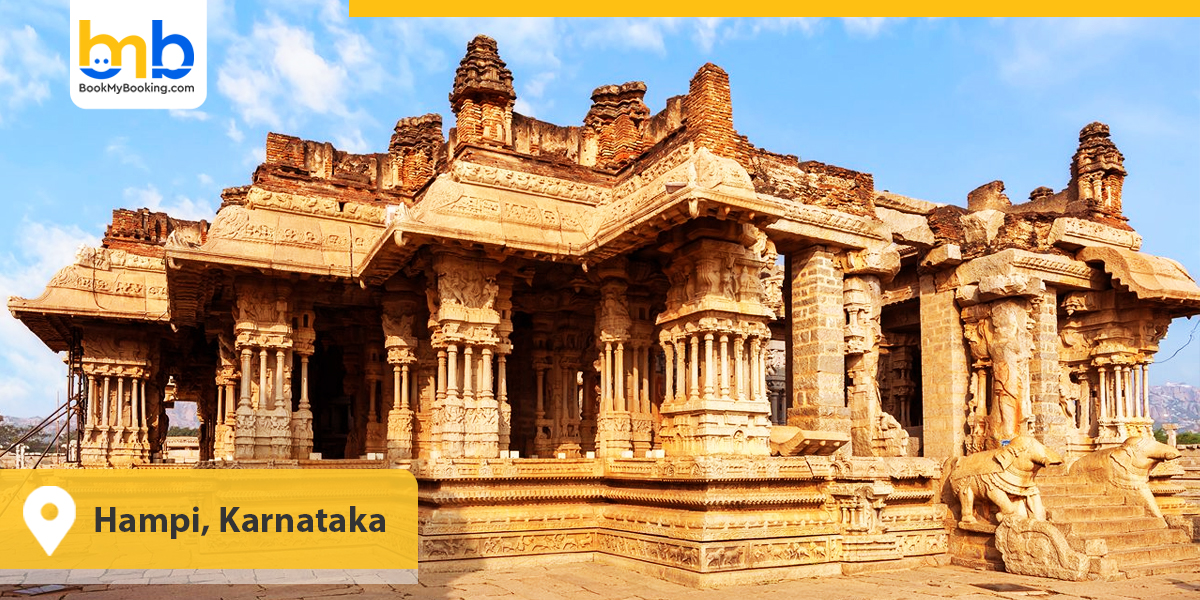
Hampi, now a collection of ruins, was once the capital of the Vijayanagar Empire. This famous UNESCO Site in India is surrounded by beautiful landscapes, temples, and ancient marketplaces that tell tales of a grand past. Exploring Hampi is a journey through time, featuring stone maps, large sculptures, and wide carvings that showcase the skills of ancient artisans. Hampi is one of the most amazing historical places in India and is well-deserving of its reputation as one of the best cultural sites in India.
- UNESCO Declaration Year: 1986
- Declared for: Listed in 1986, known for the remnants of the Vijayanagara Empire.
6. Fatehpur Sikri, Uttar Pradesh
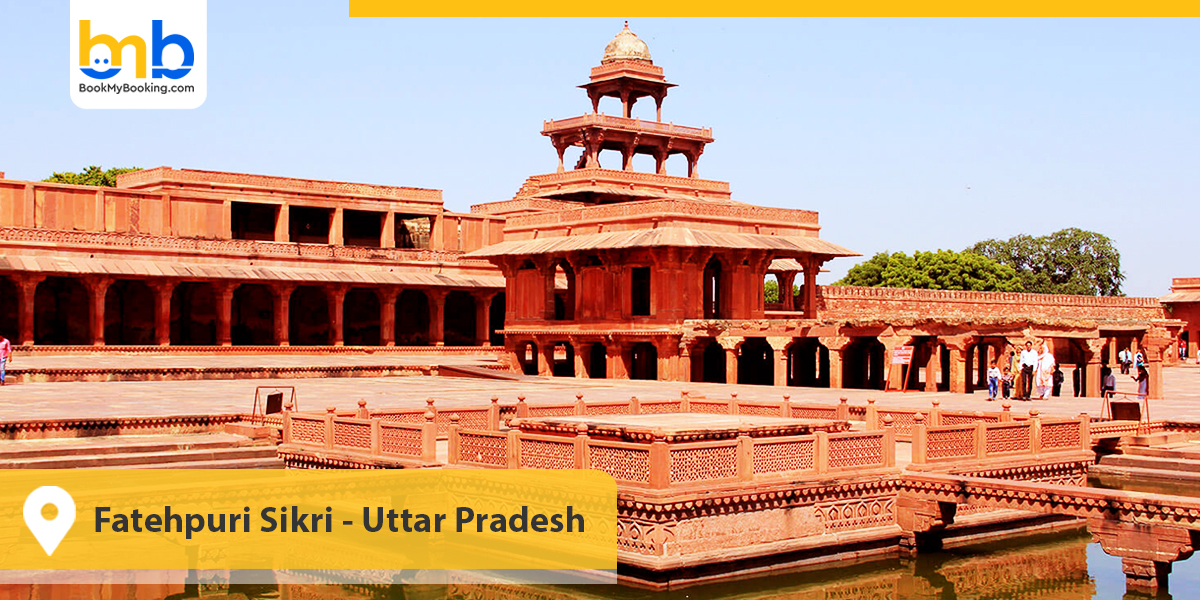
Fatehpur Sikri, a city built by Emperor Akbar, is a stunning architectural marvel and a UNESCO Cultural Site in India. Although it served as the capital of the Mughal Empire for a brief period, Fatehpuri Sikri is adorned with beautiful palaces, mosques, and gardens. The intricate designs and the blend of Islamic and Hindu styles make this famous Indian monument a must-see for anyone interested in Indian history and architecture.
- UNESCO Declaration Year: 1986
- Declared for: Designated in 1986 for its Indo-Islamic architecture and historical relevance.
7. Sun Temple, Konark, Odisha
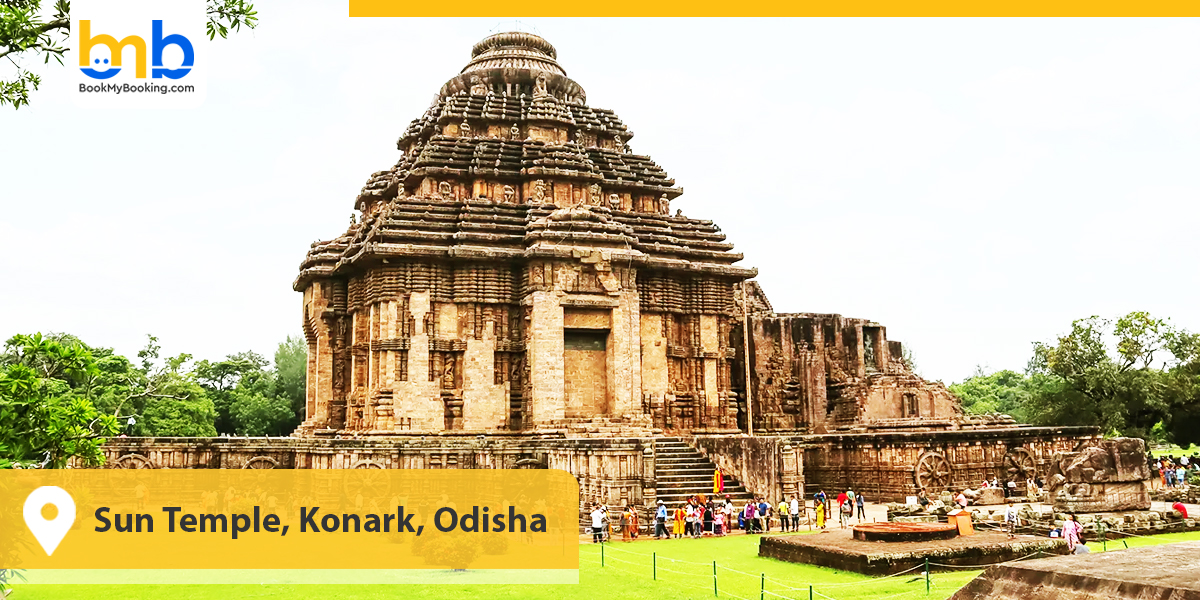
The Sun Temple in Konarak is shaped like a chariot with horses and wheels, one of the most unique World Heritage sites in India. The temple is dedicated to Solgud and is renowned for its intricate carvings and remarkable architecture. Sun Temple, Konark Travel Tips will help you easily and without problems. It is an essential part of India's cultural heritage sites and provides a unique spiritual and historical experience. The Sun Temple is an excellent example of ancient Indian architecture, and it continues to attract visitors with its grandeur and beauty.
- UNESCO Declaration Year: 1984
- Declared for: Added in 1984 for its unique chariot-shaped architecture dedicated to the Sun God.
8. Churches and Convents of Goa
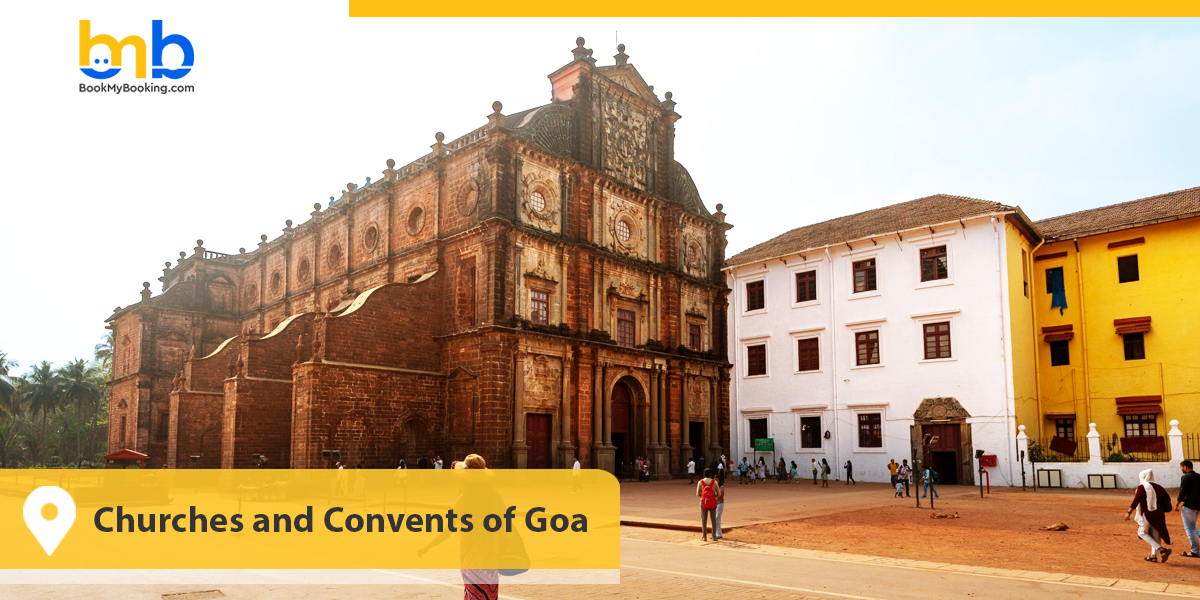
The churches and convents of Goa, the Basilica of Bom Jesus, offer a glimpse into India's colonial history that should be included in your India UNESCO travel guide. These UNESCO World Heritage Sites in India were built during the Portuguese era and are famous for their beautiful Baroque architecture. The churches are popular among tourists and tell stories of Goa's past as well as the spread of Christianity in India. They are among the best UNESCO monuments of India and are essential to understanding India's rich cultural heritage.
- UNESCO Declaration Year: 1986
- Declared for: Recognised in 1986, significant for the spread of Christianity in Asia.
9. Kaziranga National Park, Assam

Kaziranga National Park in Assam is a UNESCO World Heritage Site in India that offers a unique kind of heritage: the natural kind. For the largest population of horny rhinos in the world, Kaziranga is a sanctuary for many unique animals and birds. It is a top destination for nature lovers, offering a unique experience that differs from historical sites yet is equally essential to top heritage places to visit in India.
- UNESCO Declaration Year: 1985
- Declared for: Inscribed in 1985, it preserves the world's largest population of one-horned rhinoceroses.
10. Mahabalipuram, Tamil Nadu
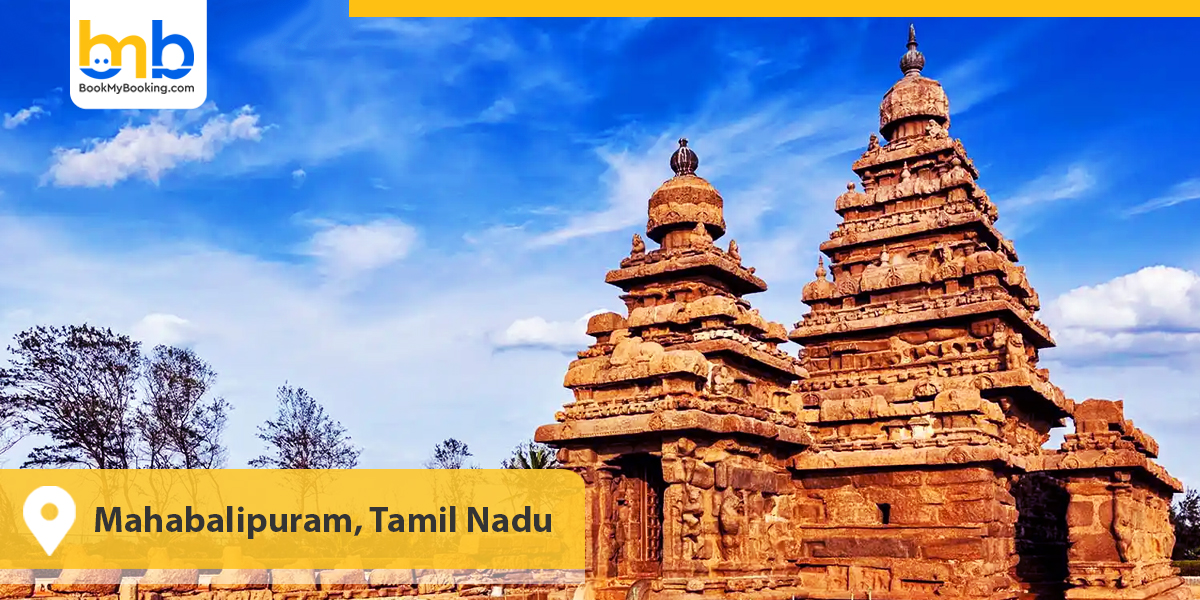
Mahabalipuram is renowned for its rock-cut monuments and temples that line the coast of Tamil Nadu. As one of India's UNESCO World Heritage Sites, it features stunning structures, including the Shore Temple and the famous Descent of the Ganges sculpture. These meticulously crafted monuments demonstrate the incredible skills of ancient Indian sculptors and are the main attractions for visitors interested in historical places in India.
- UNESCO Declaration Year: 1984
- Declared for: Declared in 1984 for its rock-cut temples and intricate carvings from the Pallava dynasty.
11. Mountain Railway of India - Himachal Pradesh
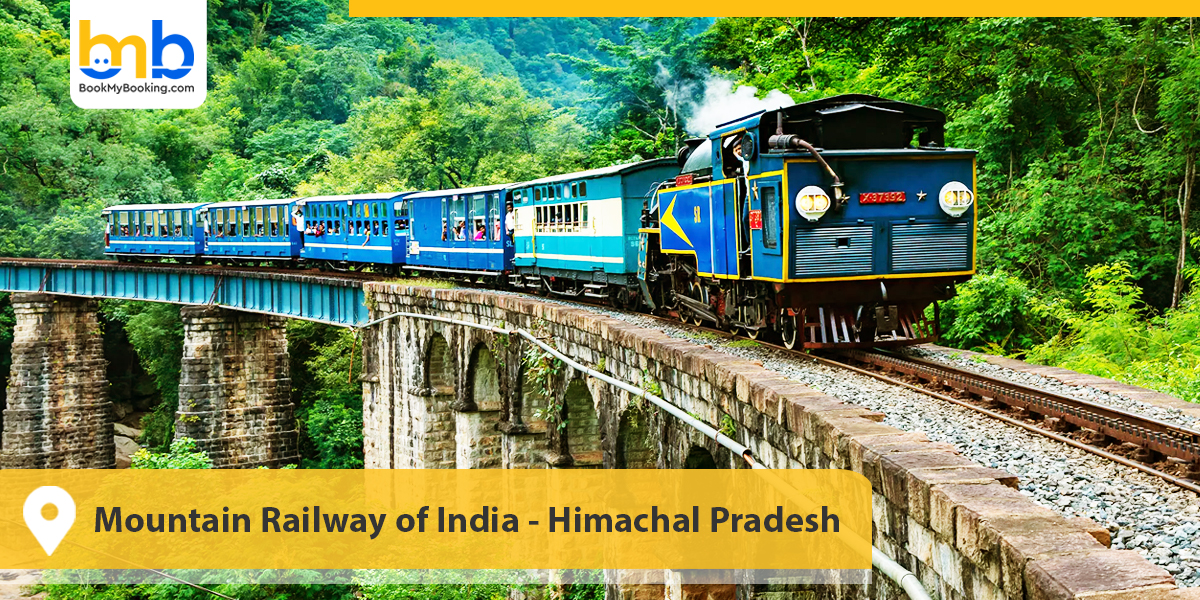
Millennials may not have experienced it often, but train rides can be enjoyable. Imagine a train ride, and even better, one designated as a UNESCO World Heritage Site in India; this should be on your travel bucket list. The Nilgiri Mountain Railway, like the Kalka-Shimla and Darjeeling Himalayan Railway, is recognised as one of India's Mountain Railways, a UNESCO World Heritage Site. Choose our customised Himachal packages to enjoy this train ride. Take this train ride through the Tiger Hills, long tunnels, beautiful tea plantations, and more to have a magical experience, best for Indian heritage tourism.
- UNESCO Declaration Year: 1999
- Declared for: Outstanding example of bold and indigenous engineering work in the development of mountain railways during the 19th and early 20th centuries.
12. Jantar Mantra- Jaipur, Rajasthan
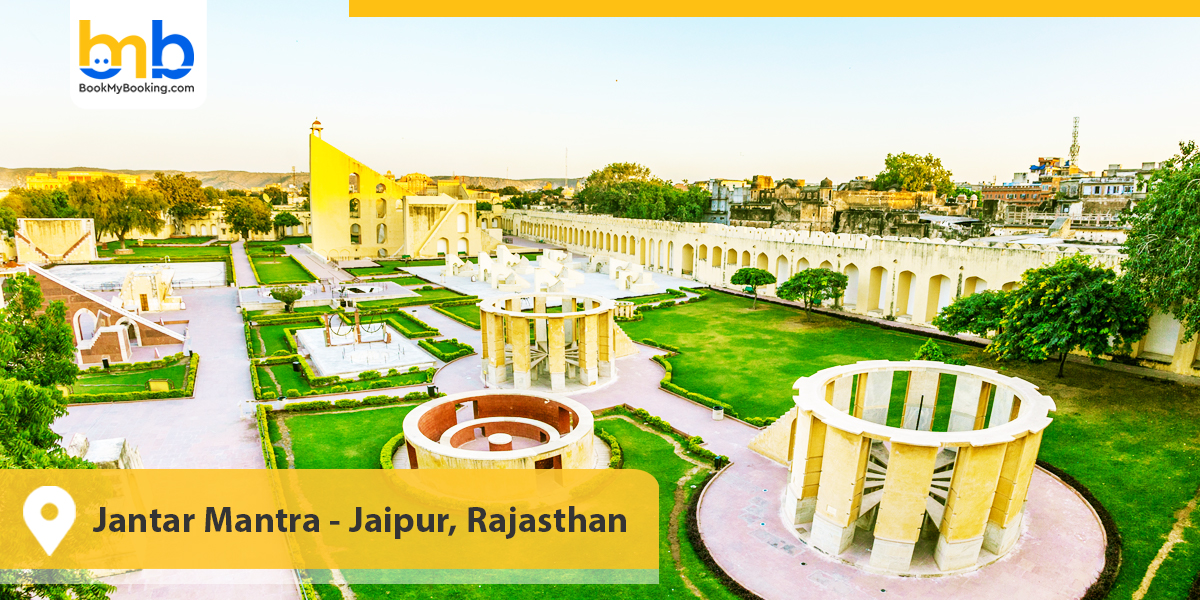
Jantar Mantar is the oldest astronomical observatory in Jaipur. It is the world's biggest stone Sundial, and it is one of the most-visited top Heritage places to visit in India. Nineteen or more astronomical instruments are housed in this Observatory, which is used to control many aspects of our planetary system. Jantar Mantar is a Sanskrit word that translates to calculating instruments. Ensure that you include a visit to Jantar Mantar in your World Heritage Tours in India.
- UNESCO Declaration Year: 2010
- Declared for: An outstanding example of a monumental astronomical observatory that was built in the early 18th century.
13. Valley of Flowers National Park and Nanda Devi- Uttarakhand
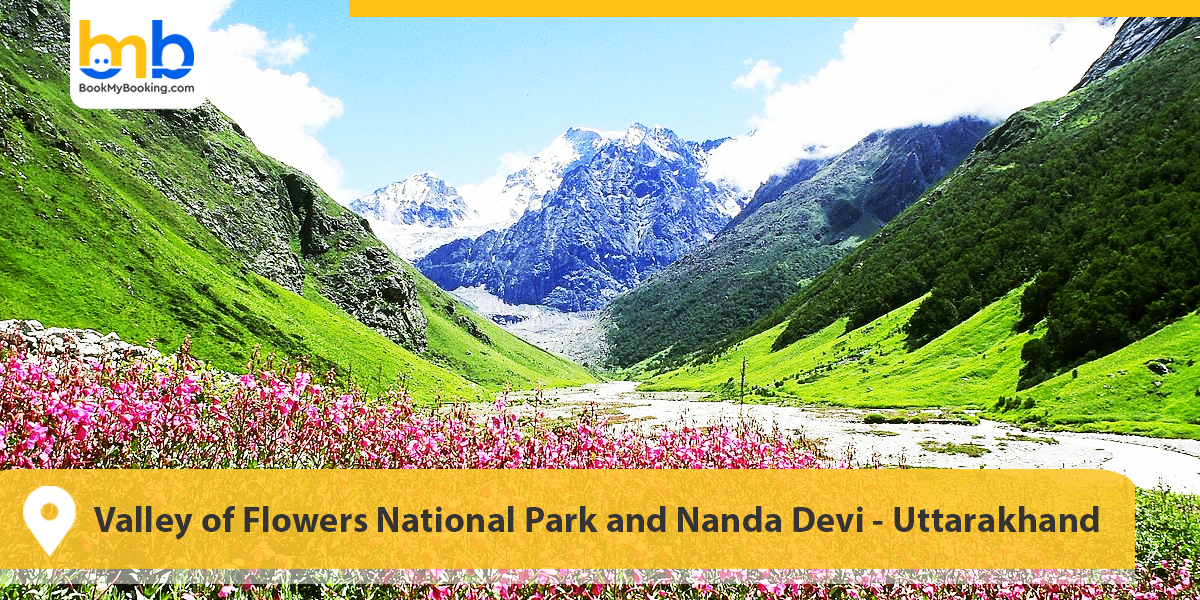
You will find the renowned Valley of Flowers amidst the majestic Himalayan peaks, offering an ethereal view and an unforgettable experience. This park spans eighty-seven kilometres in the Chamoli district. The Valley of Flowers Park, along with the Nanda Devi National Park, forms the Nanda Devi Biosphere Reserve. Now, we can all easily assume that, as the name suggests, this valley is a palace where nature is in full bloom. You must see it to believe it, and it should be included in your India UNESCO travel guide. Exotic flowers, such as poppies, orchids, primroses, and daisies, make for a stunning display. Explore this valley, which is home to a few unique and rare wildlife species, by booking one of our offbeat UNESCO sites in India.
- UNESCO Declaration Year: 1988, Nanda Devi National Park, and 2005, Valley of Flowers
- Declared for: Exceptional natural beauty of nature and significant biodiversity.
14. The City of Ahmedabad- Gujarat
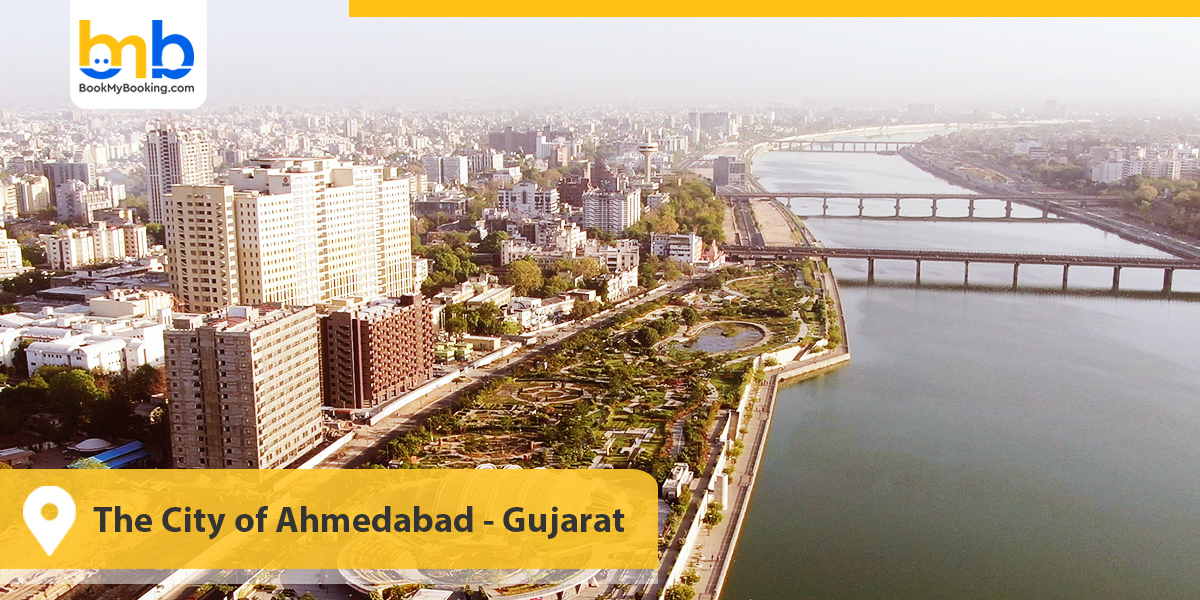
UNESCO bestowed its honour on the first city in India, and without any doubt, it has to be Ahmedabad. The town was designated as a UNESCO World Heritage Site in India, the first in the country, in 2017—Ahmedabad houses nearly 25 ASI-protected structures. According to UNESCO, public wells, bird feeders, and religious organisations are essential features of this urban city, which consists of closely packed traditional houses along with gated conventional streets. This city has been the state capital of Gujarat for six centuries. For centuries, the Hindu, Muslim and Jain populations have coexisted in this walled city on the banks of the Sabarmati River.
- UNESCO Declaration Year: 2017
- Declared for: It showcases rich ancient architecture in India, including havelis, mosques, Islamic, Hindu, and Jain religious structures.
15. Khajuraho- Madhya Pradesh
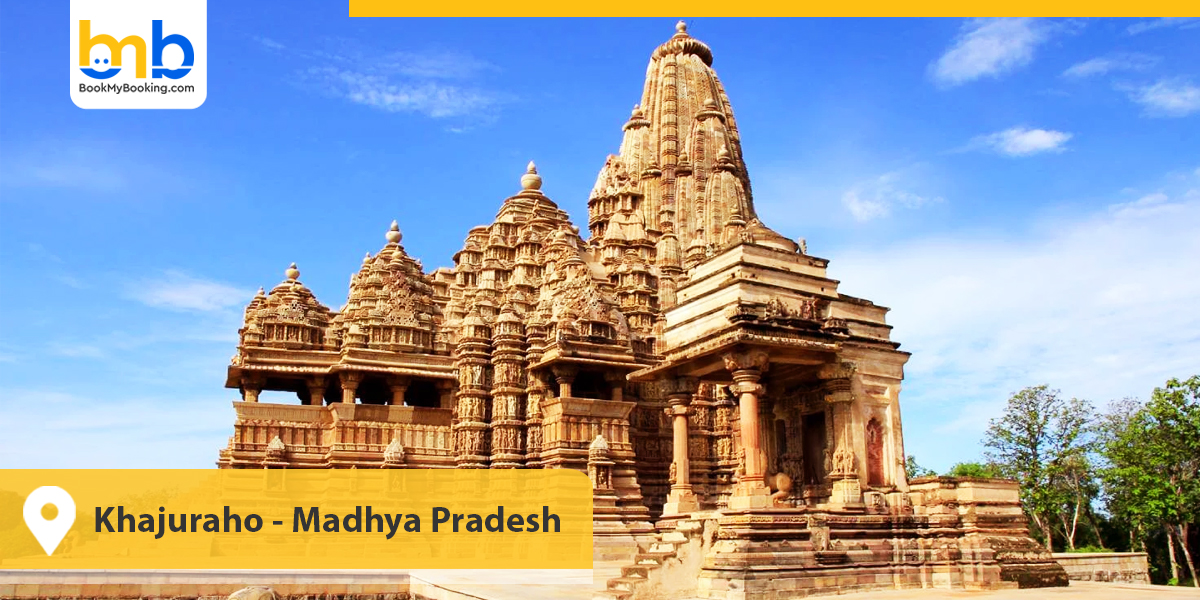
If you are excited by Indian temple art, you will surely be mesmerised by the Khajuraho group of temples in Madhya Pradesh. The sculptures in the temples depict human emotions in intricate detail. There are 20 temples dedicated to Hindu and Jain figures. If you are on a spiritual quest, you must visit the Kandariya Mahadeva Temple, one of India's four sacred Shiva worship locations. Plus, there is more. The Nagara-style symbolism and sexual sculptures in all of these temples are evidence of a rich cultural legacy via cultural sites in India. Therefore, book your tour package now.
- UNESCO Declaration Year: 1986
- Declared for: The Khajuraho Temples are masterpieces of Indian art and architecture built between the 10th and 12th centuries by the Chandela dynasty.
16. Chola Temples- Tamil Nadu
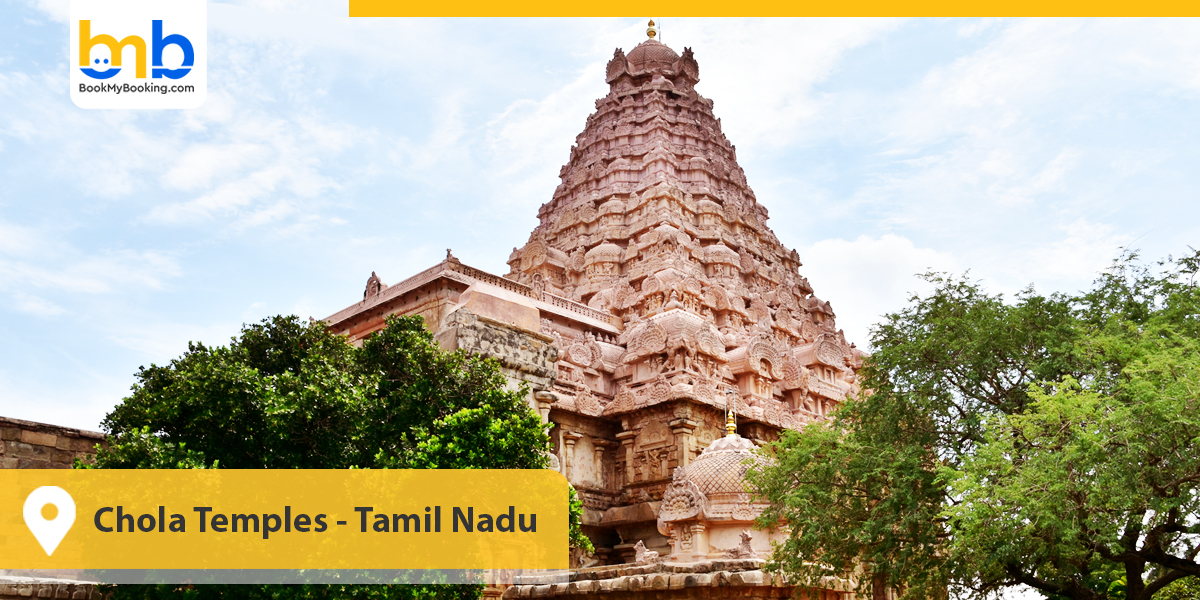
Everyone interested in history and ancient art should have the Chola Temples in Tamil Nadu on their bucket list. If you love Indian cultural art, the temples' magnificent Chola art sculptures and structures will not disappoint you. The Chola Temples, renowned UNESCO World Heritage sites in India, showcase exquisite Chola architecture and bronze casting and were created by the Chola dynasty. The city's main attractions include the Airavatesvara Temple, the Brihadisvara Temple, and other ancient Indian architectural sites. After hundreds of years, these temples, which embody India's vast cultural heritage, continue to celebrate ancient festivals and rites.
- UNESCO Declaration Year: 1987
- Declared for: The temples represent the most significant achievements of Chola architecture, featuring the Brihadisvara Temple at Thanjavur
17. Rani Ki Vav- Patan, Gujarat
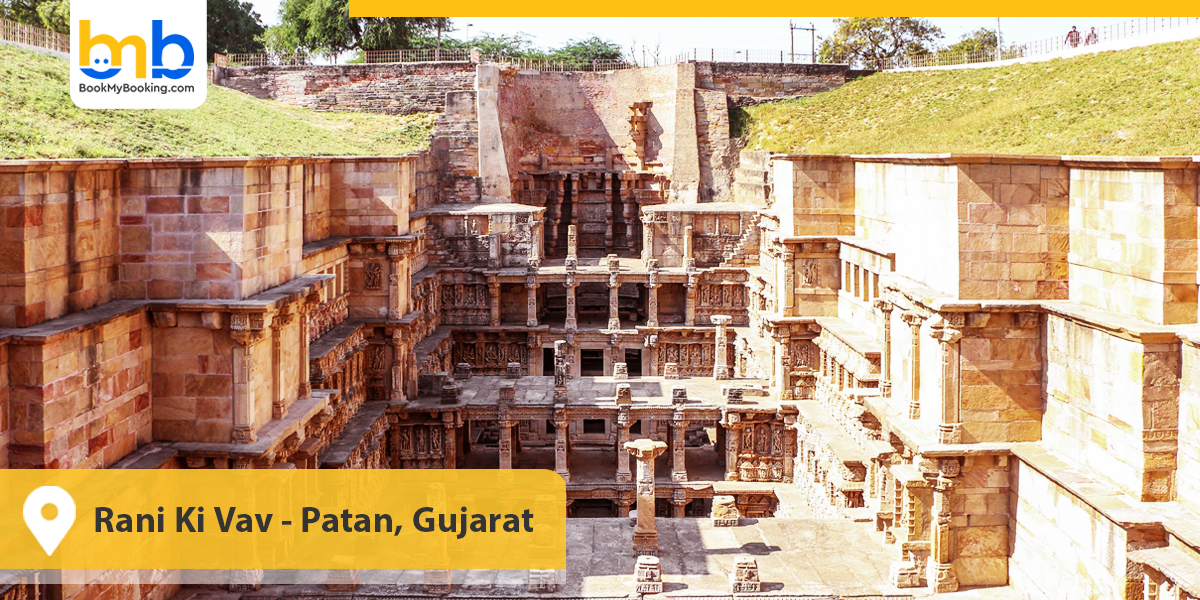
You will find a wonderful blend of architectural quality and spirituality at Rani Ki Vav due to its architectural magnificence and grandeur. It was formally categorised as a UNESCO World Heritage Site in India in 2014. The Well at Rani Ki Vav is renowned for its intricate sculptures, elaborate corridors, and exquisite stone carvings. The figurines in the well depict that Lord Visnu is one of his avatars, which symbolises his return to the world. This Vav has a spiritual prominence aside from being a location for water storage. It was created as an invented temple with seven tiers of wells, each with a unique prominence, as described in modern religious and mystical works, in one of the top heritage places to visit in India.
- UNESCO Declaration Year: 2014
- Declared for: Exceptional example of a subterranean stepwell built in the 11th century by Queen Udayamati.
18. Nalanda University
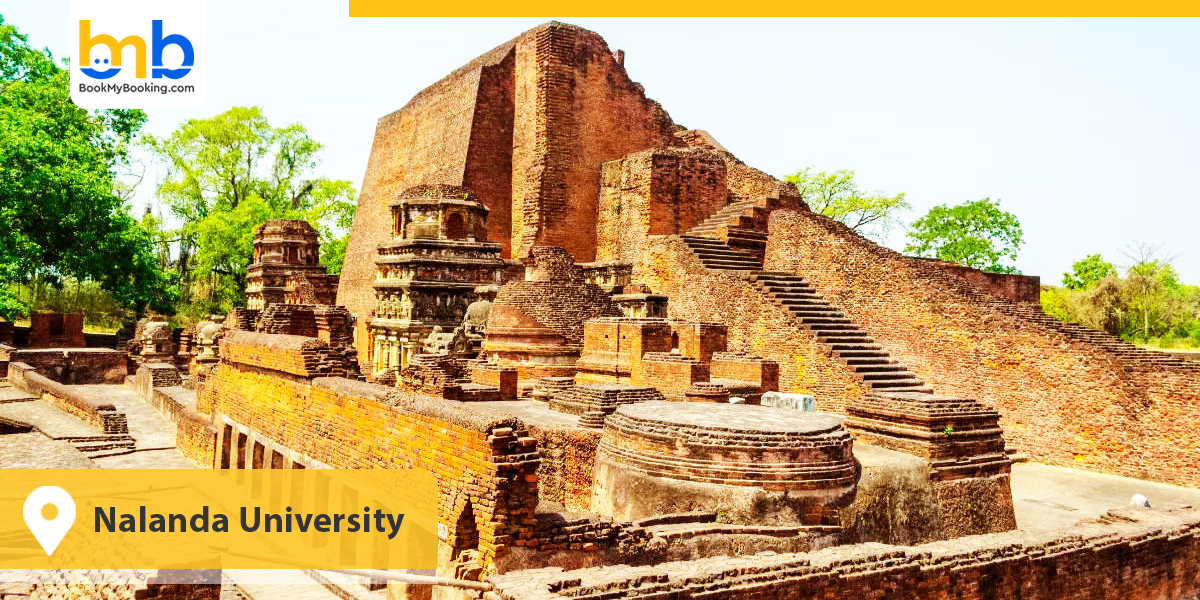
The Nalanda Archaeological Site, a famous UNESCO Site in India, served as a research centre and a Buddhist monastery from the 3rd century B.C.E to the 13th century C.E. Walking around the university grounds, a symbol of a beautiful time, you may come across the remnants of stupas, shrines, and viharas for 8000 years. Nalanda vouched for the emergence of Buddhism as a religion and also served as a centre of learning. Scholars from Central Asia, China and Tibet attended the world's first residential university known for its institutionalised Vedic learning.
It is the second UNESCO-designated World Heritage site in India, Bihar, further elevating the state on the Indian tourism map.
- UNESCO Declaration Year: 2016
- Declared for: It represents archaeological remains of an academic and scholastic institution actor from the 5th to the 13th century.
19. Sanchi Stupa- Madhya Pradesh
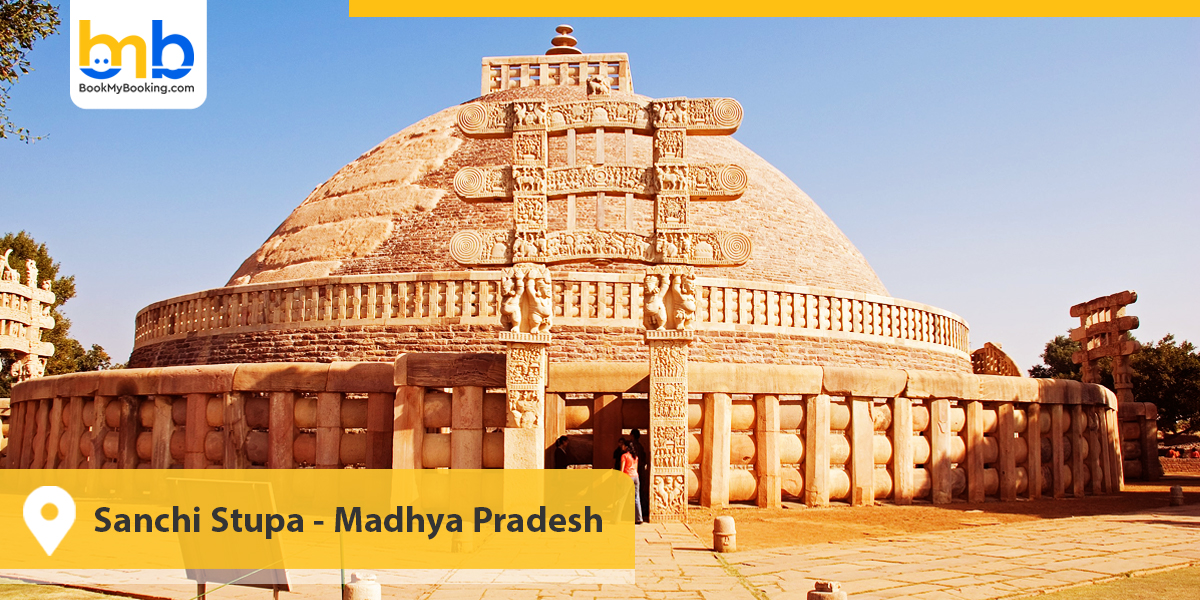
The Sanchi Stupa, considered India's oldest stone structure, was built by Emperor Ashoka and houses relics of the Buddha. It features many historic Buddhist inscriptions and a lovely Buddha statue at the entrance to the main gate. The Buddhist Monuments are a representation of cultural heritage sites in India. Its core was a hemispherical brick building atop Buddha's relics adorned by the Chatra, a symbol of dignity. Apart from the Sanchi Stupa, this region is home to many temples, monolithic columns, monasteries, and palaces. It was a well-known Buddhist pilgrimage in the 1100s A.D. when Vishwas began to lose its prominent role.
- UNESCO Declaration Year: 1989
- Declared for: Buddhist religious famous monuments in India. Emperor Ashoka originally commissioned the Great Stupa of Sanchi in the 3rd century B.C.E.
20. Sunderbans National Park- West Bengal
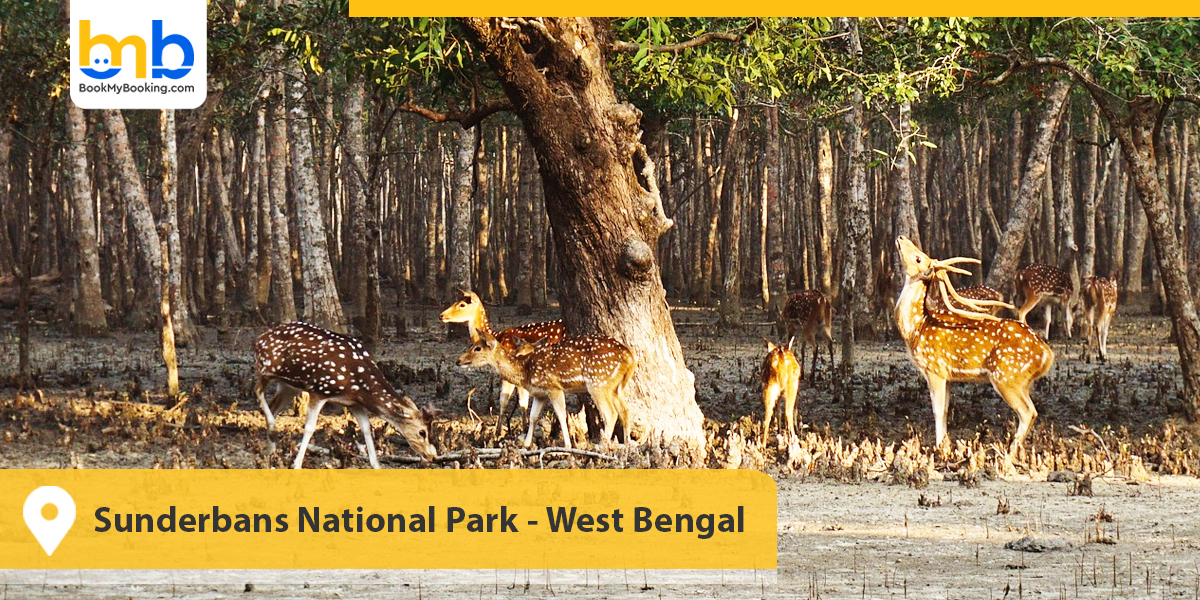
The Sunderbans National Park in West Bengal is a renowned Biosphere Reserve known for its Royal Bengal Tigers. It is located in the Bay of Bengal, where the Ganges River formed the Sunderban Delta. It is one of India's most significant reserves, covered in thick Mangrove forests, a UNESCO natural site in India. There are also other animal species, such as deer, mammals, amphibian species, and wild boars.
- UNESCO Declaration Year: 1987
- Declared for: Unique mangrove ecosystem biodiversity and as the home to the Royal Bengal Tiger. It is the largest tidal halophytic mangrove forest in the world.
21. Monuments of Mahabalipuram - Tamil Nadu
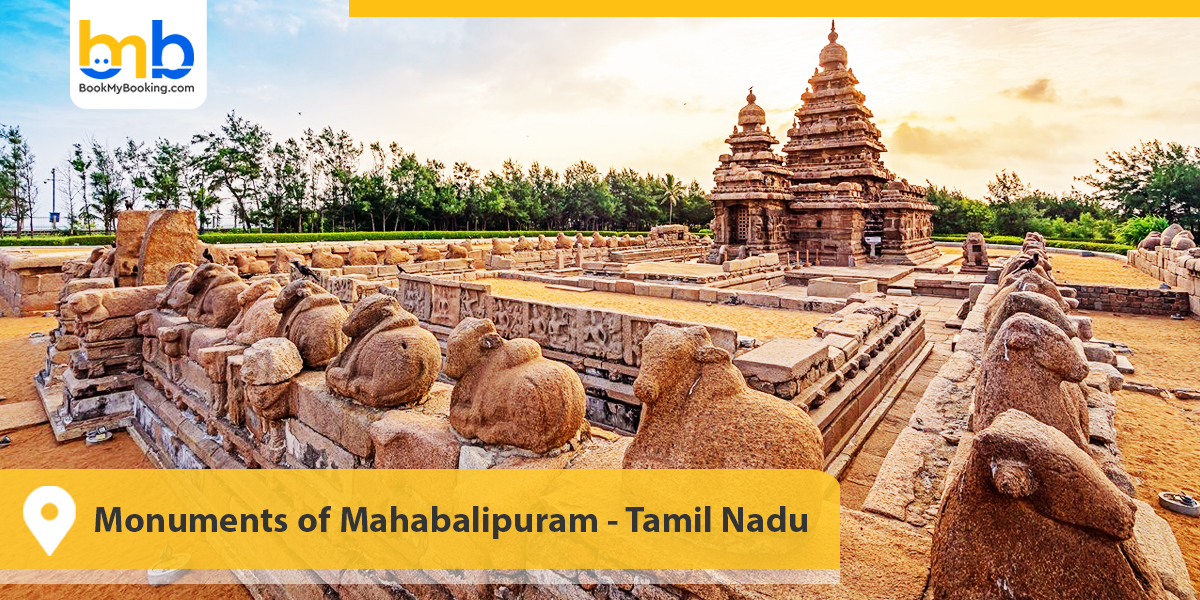
Mahabalipuram was a major harbour in Southern India in ancient times. International merchants came to India to do business through Mahabalipuram, one of the top heritage places to visit in India. The rulers of various periods constructed beautiful temples and monuments to attract such merchants. They are now recognised as a heritage site of Mahabalipuram. The world's most prominent rock-cut monuments, sculptures, cave temples, stone carvings, and numerous other architectural marvels can all be found in Mahabalipuram.
- UNESCO Declaration Year: 1984
- Declared for: Ancient Pallava dynasty rock cut temples and sculptures from the 7th and 8th centuries.
22. Khangchendzonga National Park- Sikkim
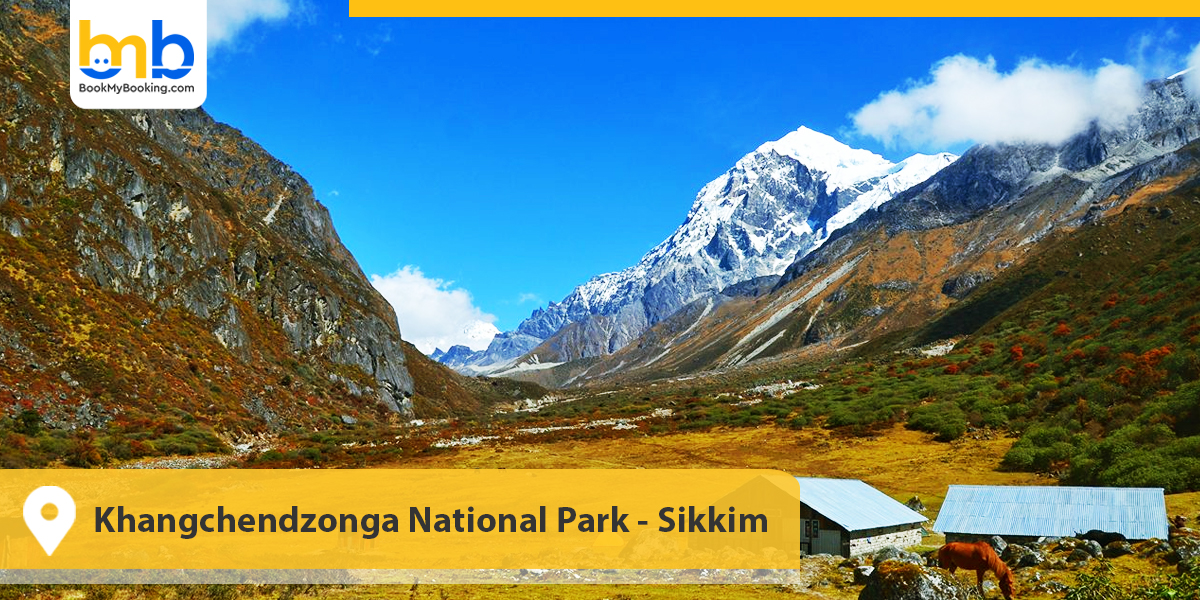
Khangchendzonga National Park is the sole UNESCO World Heritage site in India that encompasses a diverse range of natural and cultural assets. Located in the heart of the Himalayas, the national park offers a unique blend of valleys, plains, glaciers, mountains, old forests, and the world's third-highest peak, Mount Khangchendzonga. It is a place of worship for indigenous peoples, and many legends emerge to proclaim their identity and culture.
- UNESCO Declaration Year: 2016
- Declared for: Recognised for unique biodiversity, sacred landscapes, and rich cultural traditions of the indigenous communities.
23. Great Himalayan National Park- Himachal Pradesh
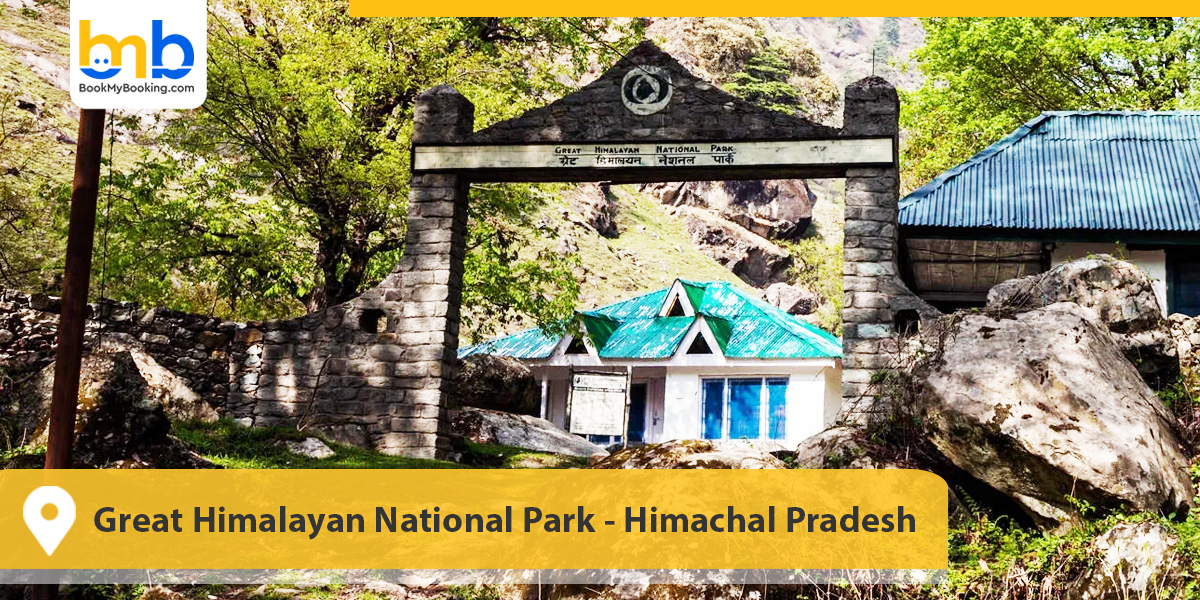
Located in the Western Himalayas of the Indian state of Himachal Pradesh, the large Himalayas National Park, which is a UNESCO Natural Site in India, features alpine meadows, river forests, and a unique landscape. The park spans 90,540 hectares and features a hotspot for biodiversity, comprising twenty-five different forest types and a rich array of organisms.
- UNESCO Declaration Year: 2014
- Declared for: Outstanding natural beauty and biodiversity. Home to many endangered species and a representation of Himalayan ecosystems.
24. Bodh Gaya
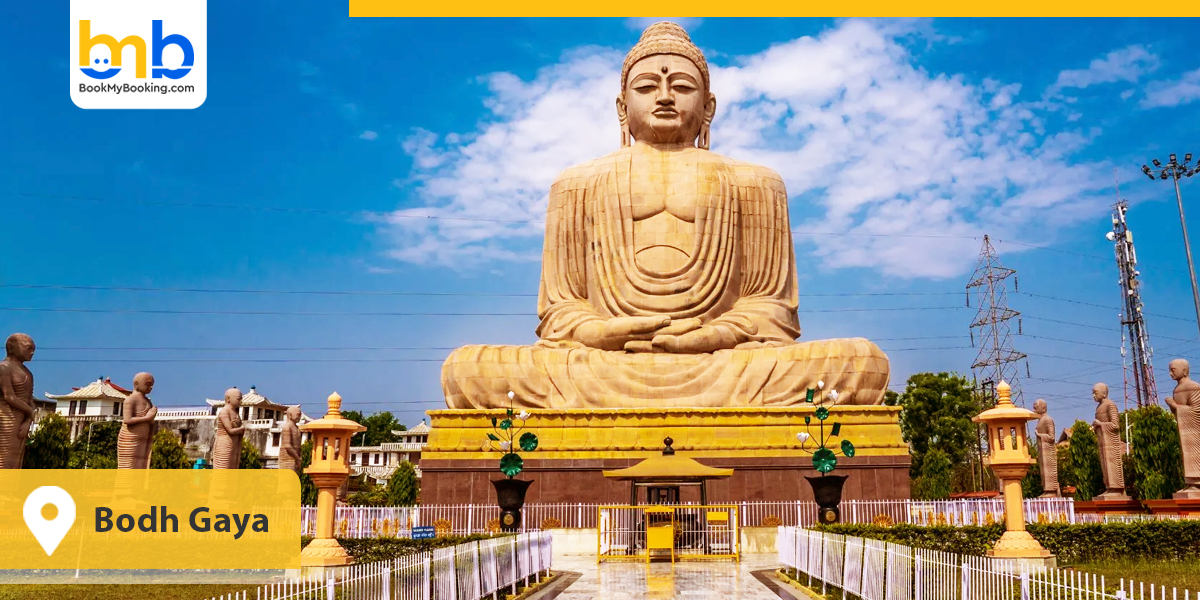
Bodh Gaya is a Buddhist pilgrimage site and a historically significant place in India. According to mythology, Lord Buddha attained enlightenment while meditating under the sacred Bodhi tree. This place is home to the popular Mahabodhi Temple, built by Emperor Ashoka in 250 B.C. The temple complex comprises temples associated with the Buddha's teachings and six other capitals. Other features include numerous stupas, broad structures, and elaborate designs. There are multiple stupas, intricate structures, and designs, among other features.
- UNESCO Declaration Year: 2002
- Declared for: The place where Lord Buddha attained enlightenment. A sacred site for Buddhists, which is a top heritage place to visit in India, dating back to the 3rd century B.C.E.
25. Group of Monuments at Pattadakal- Karnataka
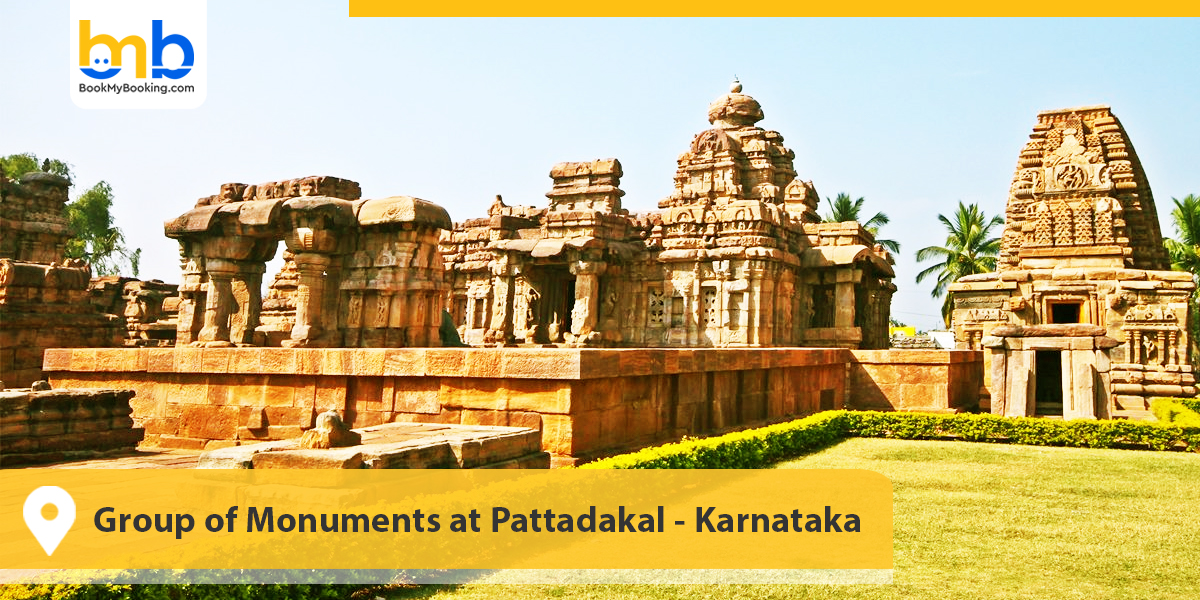
Yet another World Heritage Site in the state of Karnataka, Pattadakal, showcases the intricate art that was prominent during the Chalukya Dynasty between the 7th and 8th centuries. The most prominent part of the heritage is the amalgamation of nine Hindu temples, along with a sanctuary designed for the Jains. This notable masterpiece is the Temple of Virupaksha. It was constructed under the rule of Queen Lokamahadevi in loving memory of her husband's victory over the southern kings, which is indeed a famous UNESCO site in India.
- UNESCO Declaration Year: 1987
- Declared for: An exemplary blend of Dravidian and Nagara temple architecture.
26. Hill Fort of Rajasthan
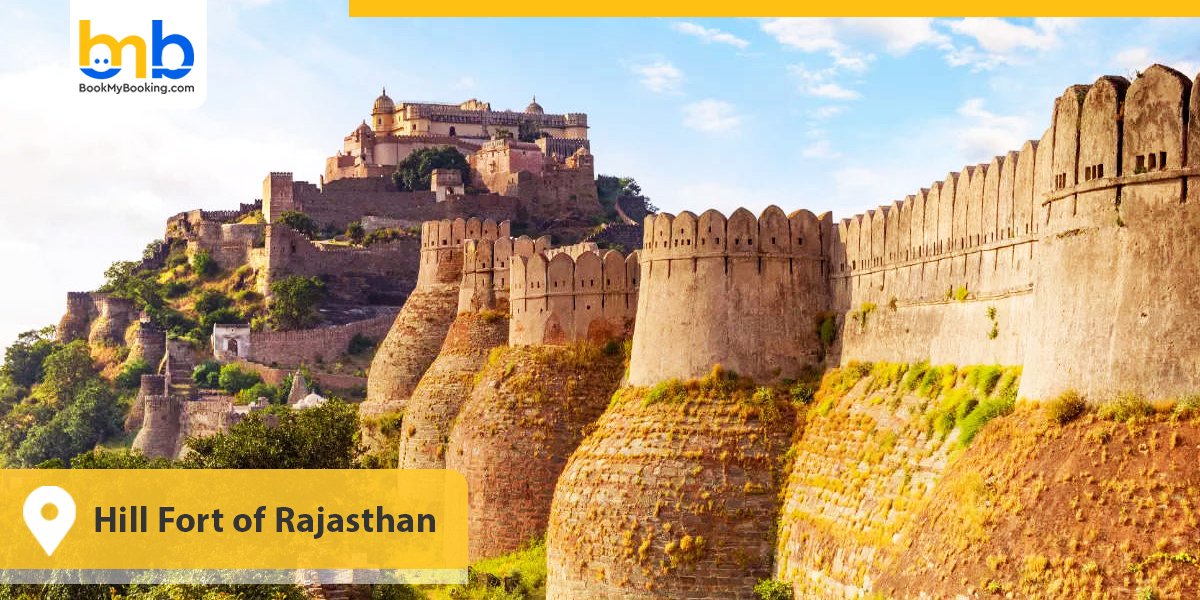
The mountainous forts in Rajasthan include six massive and royal forts scattered throughout the state, including Jaisalmer, Jaipur, Jhunjhunu, Sawai Madhopur, Kumbhalgarh, and Chittorgarh. Some of these forts are 20 kilometres away and bear examples of the rule and prowess of the Rajput Kings. Within the fortified premises, evidence of fully developed communities and city centres is evident, including palaces, trading centres, temples, and marketplaces. These forts are the best example of ancient architecture in India, primarily located in the Aravalli Range, and were built between the 5th and 18th centuries A.D.
- UNESCO Declaration Year: 2013
- Declared for: A Series of six majestic forts like Chittorgarh, Ranthambore, Gagron, Amber, Kumbhalgarh and Jaisalmer.
27. Buddhist Monuments at Sanchi- Madhya Pradesh
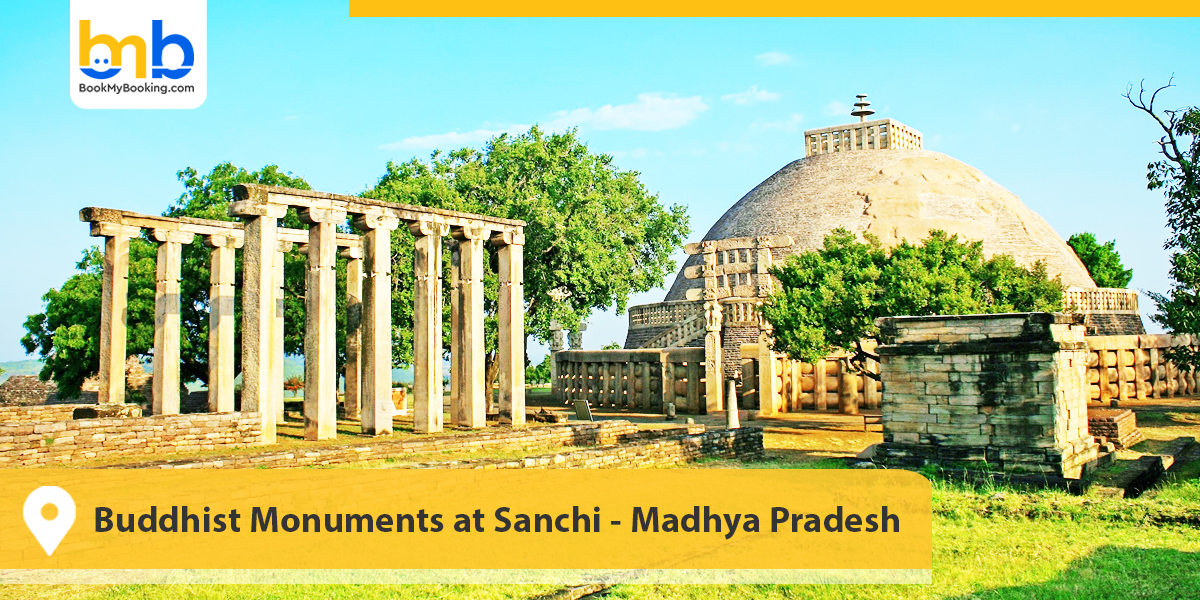
Spread across a hill 40 kilometres from Bhopal, the Sanchi World Heritage Site comprises a large amalgamation of Buddhist monasteries, including palaces, temples, and monolithic pillars, making it a great example of a must-see heritage site in India. Each of the structures is in a different state of conservation, as some date back as far as the 1st Century BC. Sanchi is also the ancient sanctuary of Buddhist beliefs and had been a major centre of worship till the 12th century A.D.
- UNESCO Declaration Year: 1989
- Declared for: The best preserved group of Buddhist stupas, monolithic pillars, temples and monasteries.
28. Manas Wildlife Sanctuary- Assam
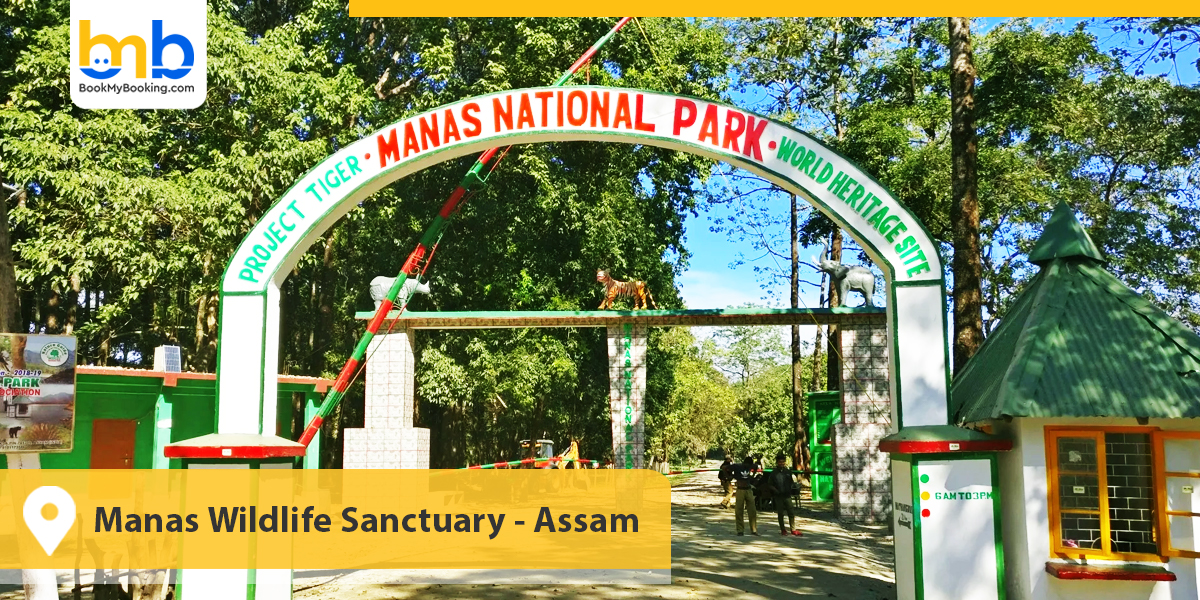
Manas National Park is situated on the milder slopes of the Himalayas. This is the second natural consideration on the list of UNESCO World Heritage Sites in India, located in the State of Assam. 'Manas' is a distinctive landscape characterised by a gradual transition from wooded hills to tropical forests and grasslands. The sanctuary also hosts several endangered wildlife species, including the one-horned rhinoceros, the pigmy hog, the Royal Bengal Tiger and the Indian Elephant.
- UNESCO Declaration Year:1985
- Declared for: A biodiversity hotspot and project Tiger Reserve known for rare and endangered species like the Assam Roofed Turtle, Hispid Hare, and Golden langur.
29. Keoladeo National Park- Rajasthan
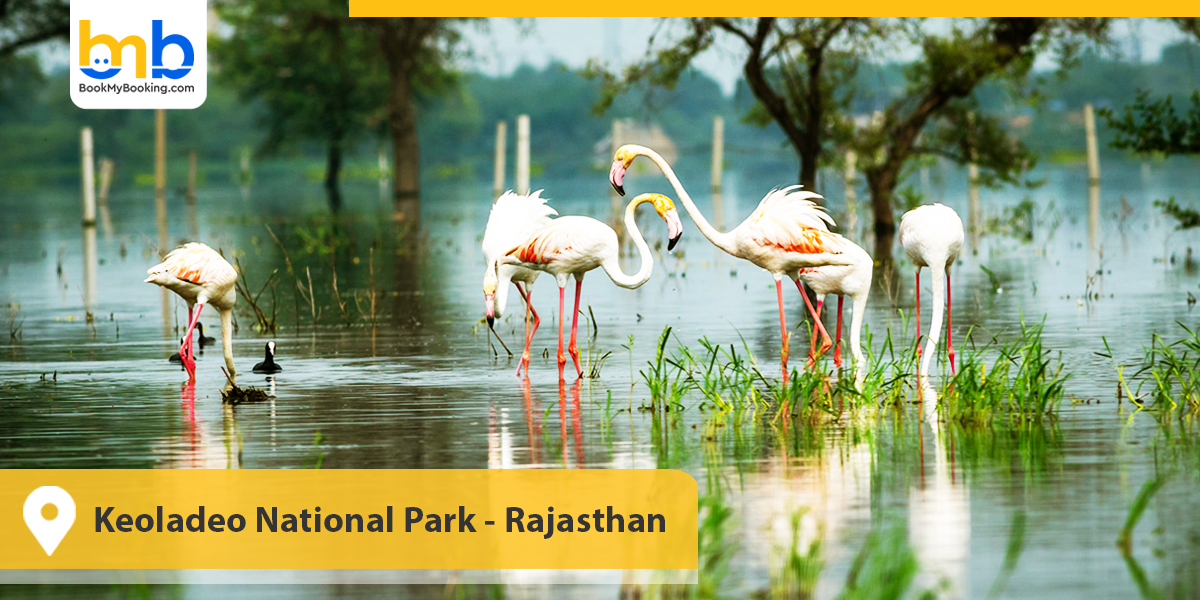
A former duck-hunting ground for the Maharajas, Keoladeo National Park is today one of the most famous UNESCO sites in India, renowned for its vast number of migratory birds. The park hosts birds from as far as Siberia, China, Turkmenistan and Afghanistan. A total of 364 species of wintering birds have been recorded in the area, including the rare and endangered Siberian Crane.
- UNESCO Declaration Year: 1985
- Declared for: The most important bird breeding and feeding grounds in the world, especially for migratory waterfowl.
30. Ranthambore Fort- Rajasthan
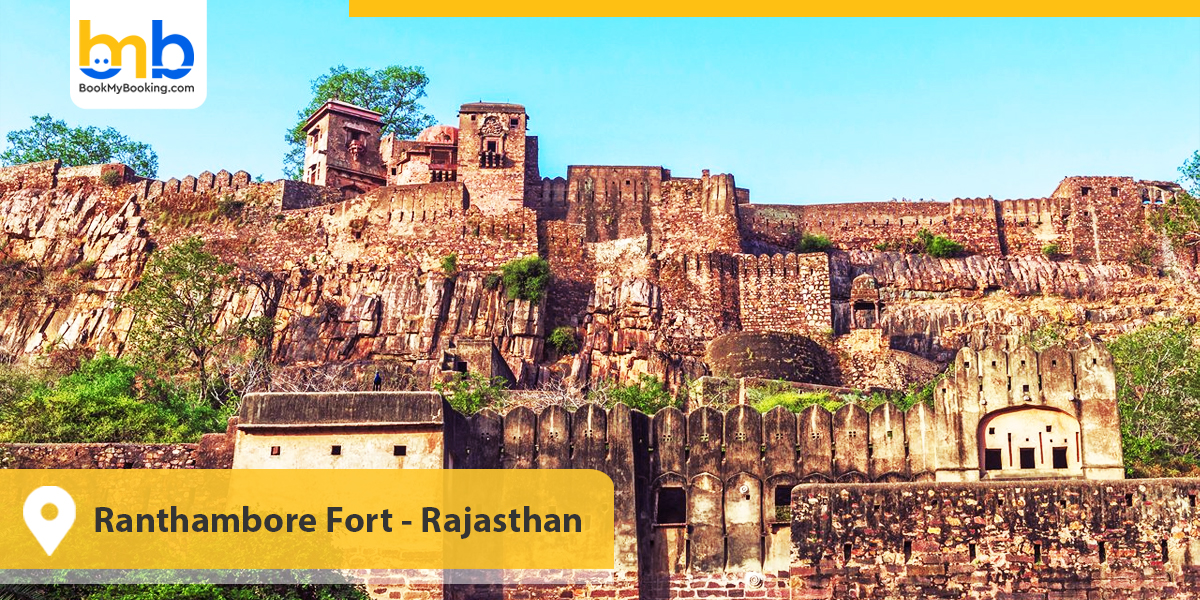
Ranthambore Fort, perched atop a 700-foot hill within the Ranthambore National Park, is a stunning example of Rajput defensive architecture, recognised as a famous UNESCO Site in India. Built in the 10th century, the first features massive gates, thick ramparts, temples and reservoirs. It was announced as a UNESCO World Heritage Site for its strategic hilltop location, integration with the natural landscape, and representation of Rajput valour, royal life, and architectural excellence amid a forested tiger habitat.
- UNESCO Declaration Year: 2013
- Declared for: Its inclusion in the Hill Forts of Rajasthan for showcasing Rajput military ancient architecture in India, strategic planning and cultural significance.
31. Ramappa Temple- Telangana
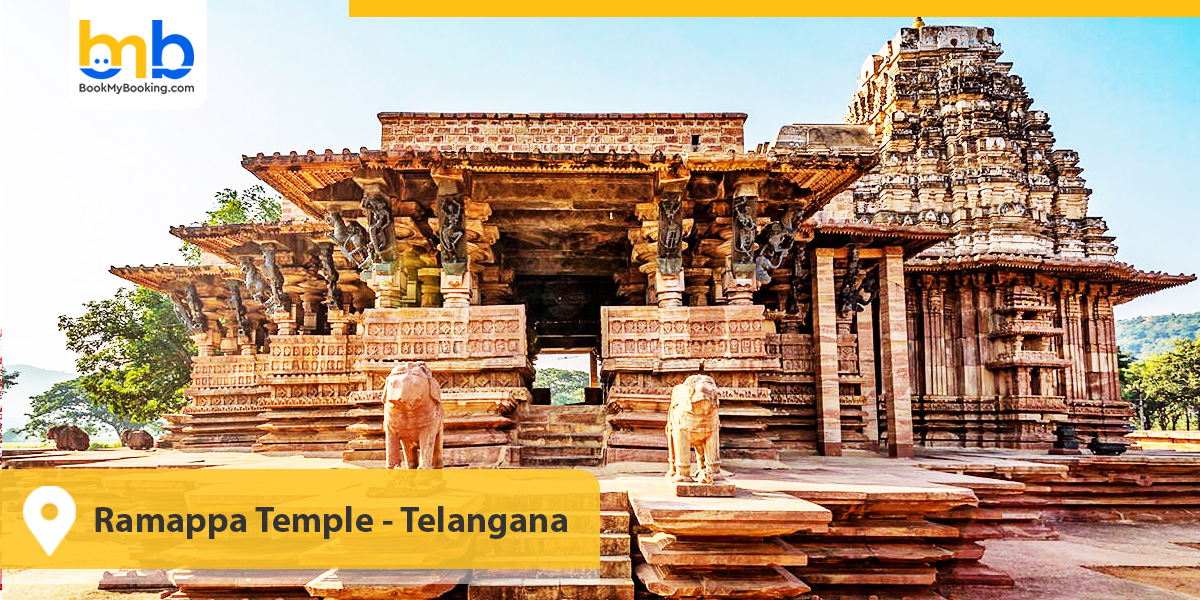
The Ramappa Temple is known as the Rudreshwara Temple. The temple is situated in the heart of Palampet Village, Telangana state, on September 19 2010. The proposal has been submitted to UNESCO for the temple to be listed as a World Heritage Site. And finally, on July 25, 2021, the Ramappa temple was listed as a UNESCO World Heritage site in India. The Ramappa temple was constructed in the 13th and 14th centuries, adhering to the Bhumija architectural style.
- UNESCO Declaration Year: 2021
- Declared for: Kakatiya architectural brilliance, lightweight floating bricks and delicate carvings.
32. Dholavira- Gujarat
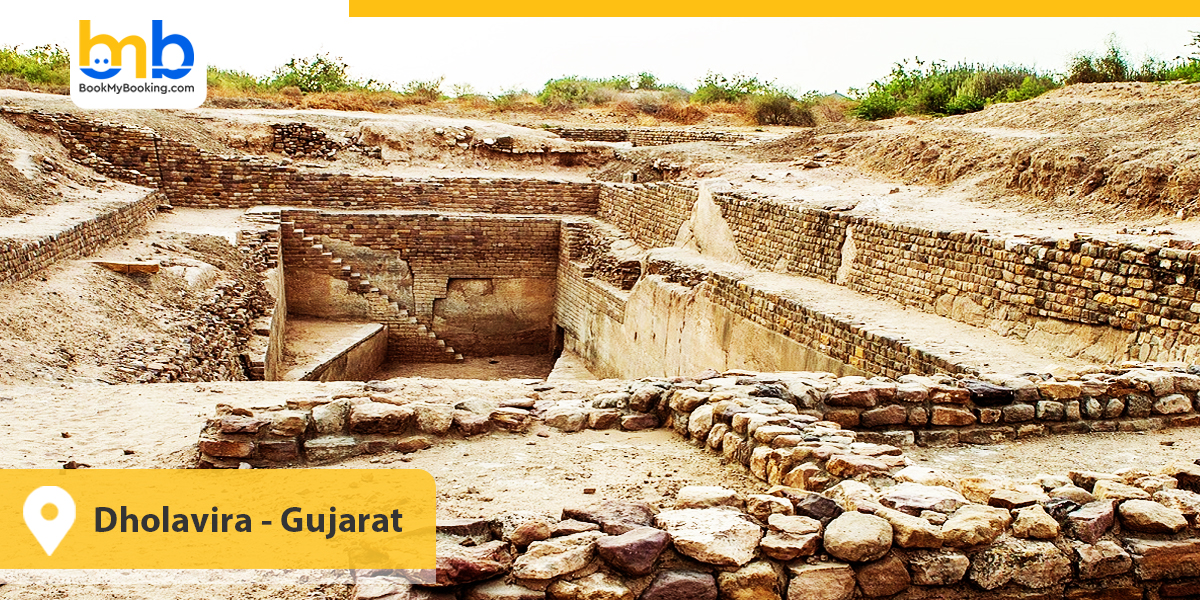
Dholavira, also known as Kotada Timba locally, is regarded as one of the five supreme Harappan sites and the most outstanding archaeological destination in India, belonging to the Indus Valley Civilisation. One of India's famous UNESCO sites is located 250 km away from the Kutch district, near Khadir Bet in the Great Rann of Kutch, Gujarat, amongst the Harappan sites discovered so far. Dholavira is the only area that marks the presence of the Harappan tradition from 2900 B.C. to 1500 B.C.
- UNESCO Declaration Year: 2021
- Declared for: Example of Harappan Civilisation urban planning, water management and architectural innovation.
33. Agra Fort- Uttar Pradesh
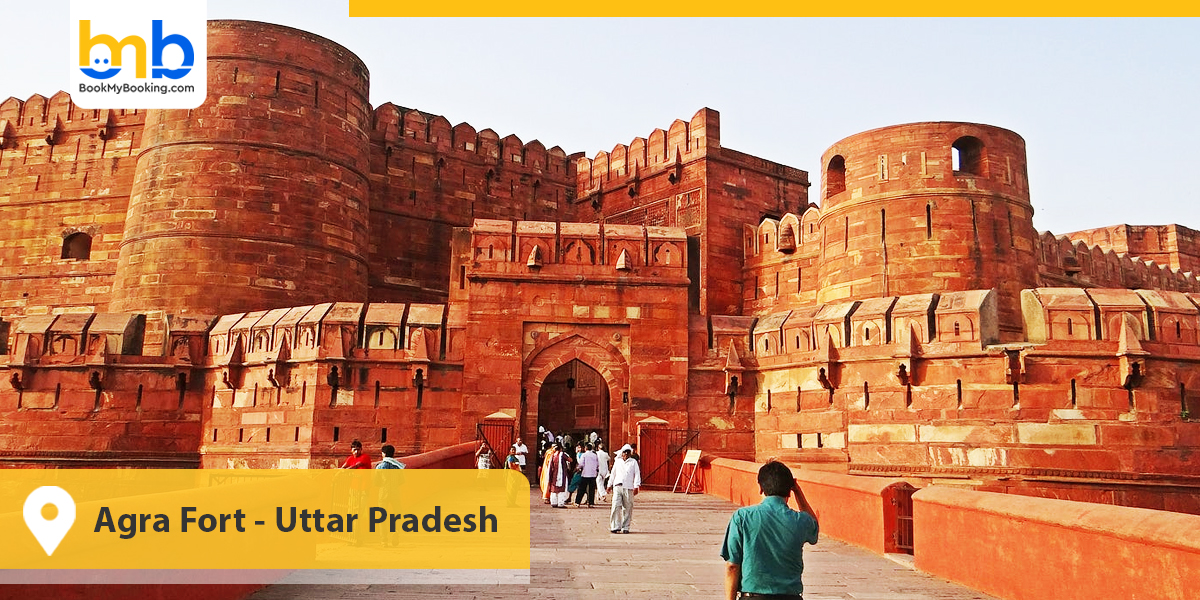
Agra Fort stands as a massive historical fort, constructed with red sandstone, adjacent to the Taj Mahal in Agra, and is a top heritage place to visit in India. The Mughal emperors chose Agra Fort as their principal residence before settling in Delhi. Beautiful palaces, along with halls and mosques, fill the entire interior space of the fort. The tourist recognises Agra Fort as a UNESCO World Heritage site, situated within a fortified city structure.
- UNESCO Declaration Year: 1983
- Declared for: Sacred burial mounds of Ahom kings and nobles, a unique blend of Tai Ahom and Indian architectural traditions.
34. Elephanta Caves- Maharashtra
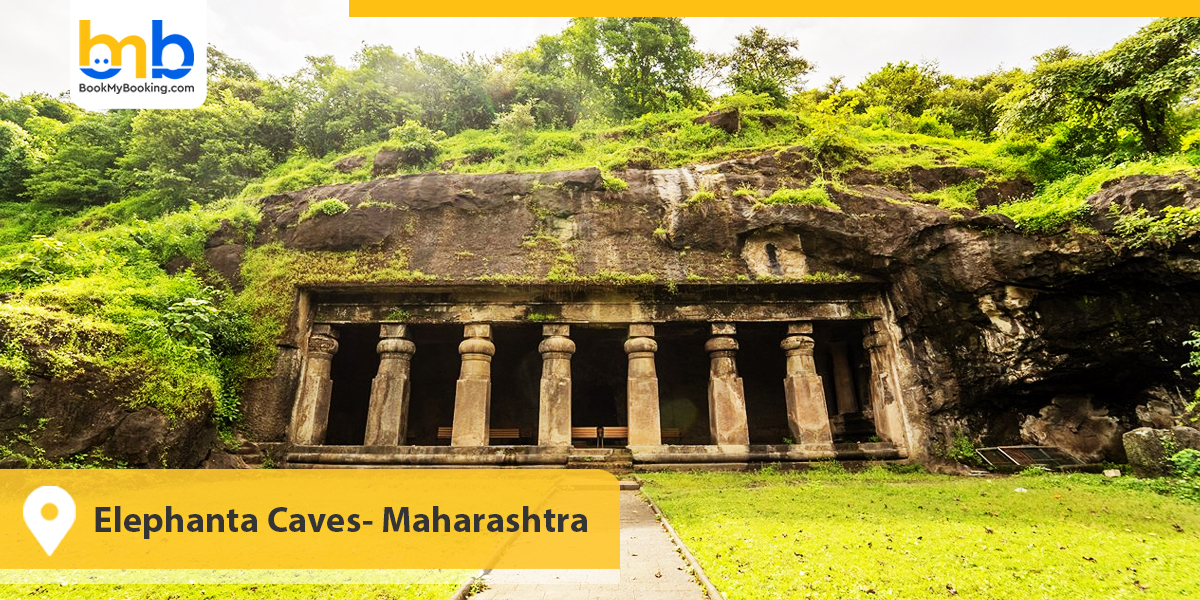
The Elephanta Caves comprise ancient rock-cut religious sanctuaries located on Elephanta Island, situated in the Arabian Sea off the coast of Mumbai. The 5th to 6th century A.D. construction date suggests that these caves primarily honour Lord Shiva. Inside the main cave, visitors appreciate the spectacular stone carvings and sculptures that demonstrate the superior skills of ancient Indian artists at the UNESCO Cultural sites in India. Human settlements on the island began to extend starting from the 2nd century B.C.
- UNESCO Declaration Year: 1987
- Declared for: Rock cut temples of Lord Shiva, especially the iconic Trimurti. It exhibits outstanding artistry in Hindu religious iconography and temple design.
35. Chhatrapati Shivaji Terminal- Maharashtra
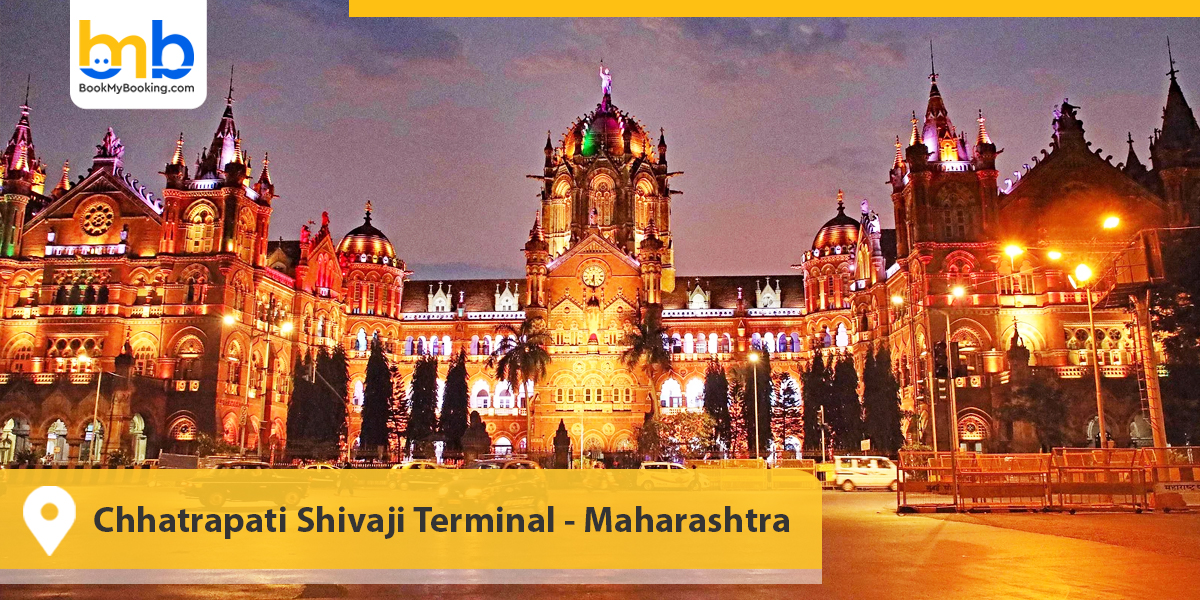
Chhatrapati Shivaji Terminus in Mumbai serves as a large railway station with distinctive architectural features. The building features British Victorian Gothic ancient architecture in India, supplemented with traditional Indian design elements. The station underwent construction over ten years, from 1878, to illustrate how cultures from two different backgrounds collaborated to form something original.
- UNESCO Declaration Year: 2004
- Declared for: Architectural marvel combining Victorian Gothic style with traditional Indian motifs.
36. Western Ghats, Kerala, to Tamil Nadu, to Karnataka
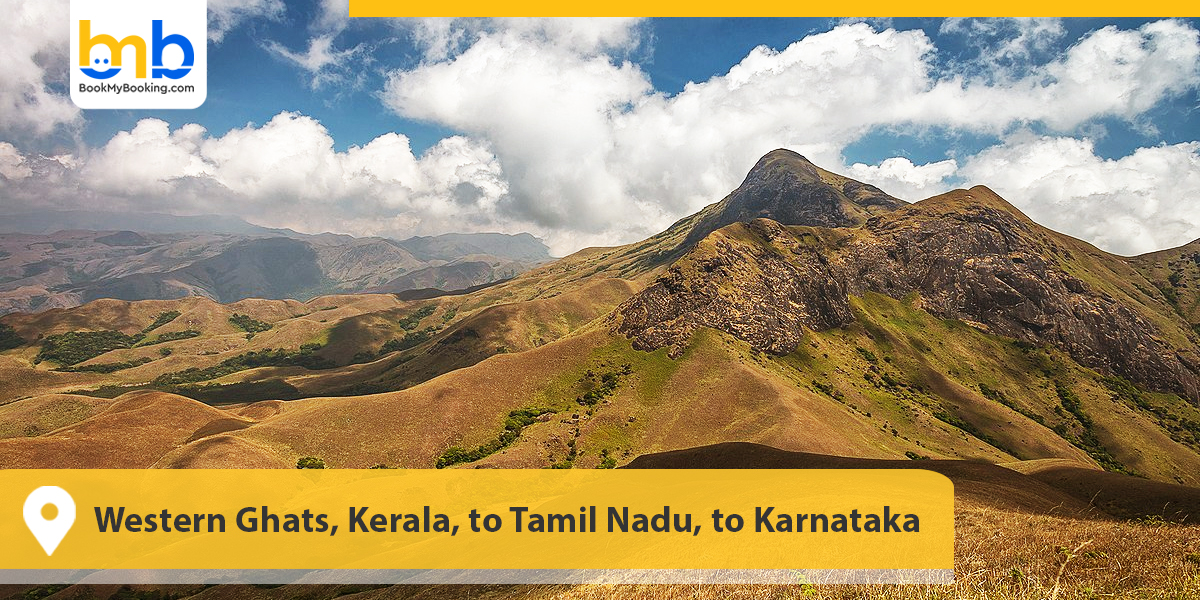
The Western Ghats extend across the western Indian territories, from Kerala to Tamil Nadu and Karnataka, as well as into additional states. The Western Ghats surpass the Himalayas in age and remain active during the monsoons, delivering rainfall, which is one of the best UNESCO natural sites in India. The region maintains a crucial position for wildlife conservation because it shelters unique natural habitats that are home to wildlife found nowhere else. People enjoy the area because of its gorgeous forest landscapes, as well as its diverse cultural heritage that is intertwined with its natural wonders.
- UNESCO Declaration Year: 2012
- Declared for: The world's eight hottest hotspots of biodiversity, the Western Ghats are home to over 7,400 species.
37. Victorian Gothic and Art Deco Ensembles- Mumbai

The Victorian and Art Deco Ensembles in Mumbai reveal how the urban landscape developed during the 19th and 20th centuries, a must-include in your India UNESCO Travel Guide. New buildings emerged near the Oval Maidan via the combination of Victorian Gothic buildings with Indian elements, such as verandas, followed by the creation of Art Deco architecture featuring Indian decorative elements.
- UNESCO Declaration Year: 2018
- Declared for: These ensembles represent 19th-century Victorian public buildings and 20th-century Art Deco residential & commercial structures.
Final Takeaway on India's UNESCO Heritage Sites
The country has increased the number of World Heritage sites nominated by UNESCO, which includes a diverse selection of natural and architectural marvels. These crucial places feature carvings, sculptures, domes, and paintings that reflect India's magnificent past. Accepting UNESCO as a world heritage site is an honour. And with so many designated sites in our country, who are you waiting for? Please select the one that interests you the most and discuss it with our destination experts to curate the ideal India UNESCO travel guide tailored to your interests, allowing you to explore these globally renowned locations.



